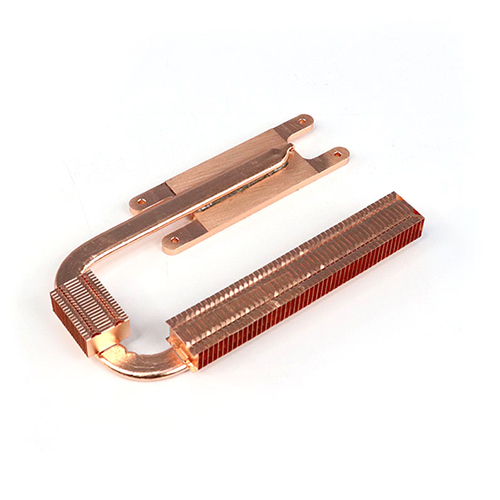
How to clean the radiator? The heat pipe radiator is one of the key working components in the diesel engine cooling water system software. Radiator cleaning Heat pipe After the radiator is used for a long time, the core tube will be blocked and the refrigerant will be exposed, which will cause the temperature of the diesel engine to rise and endanger the normal operation of the diesel engine. Therefore, people should learn how to check and clear their common faults.

The disadvantages of cast iron radiators are obviously gradually eliminated. Environmental protection concept In the historical period, my country mostly uses cast iron radiators for heating, which are thermally inert, highly reliable, and have a long service life. As everyone knows, it is limited to its own material. The general appearance of cast iron radiators is not good-looking, consumes energy, and is most prone to environmental pollution. It is contrary to the pursuit of perfect individuation, environmental protection and energy saving in contemporary social development. Instead, very few customers buy the app at this stage. The copper-aluminum composite heat pipe radiator has a large heating capacity, and is preferred for separate central heating in the home. The copper-aluminum composite radiator has strong compressive performance of copper material, good oxidation corrosion resistance and good heat dissipation performance of aluminum material. Combined with the advantages of light weight, it forms a strong combination, the performance of the radiator is unprecedentedly improved, the pressure capacity is high, the corrosion resistance and the heat dissipation effect are good. , not limited by the heating system and other characteristics, the sales price is medium.
Removal method Chemical removal: To prepare a cleaning solution, first add 750 grams of caustic soda (caustic soda) to 10 liters of water, and then add 250 grams of kerosene; the second is to add 700 to 1000 g of caustic soda to 10L of water and 150 g of kerosene. The former is highly corrosive and can be used to clean large-scale cooling systems, while the latter is less corrosive and can be used to clean small-scale cooling systems. Before cleaning, drain the original cooling water, remove the thermostat, and add cleaning fluid. Start the engine, run at medium speed for 5~10 minutes, stop for 12 hours (or shift gears and run 1st gear). Restart the diesel engine, make the speed faster and slower, and use the impact of water to float dirt and other sediments. After running for 10 to 15 minutes, stop the operation and release the cleaning fluid while it is hot. After the diesel engine is slightly cold, add cold water and run it at a medium speed for 4-5 minutes to make the water circulate the system for 2-3 times. In addition, check the released water until the released water is cleaned up. Finally install the thermostat and add clean cooling water.
Choosing a Heat Sink Based on Surface Area Only When determining the surface area required for a heat sink, many items typically give a value for heat dissipation per unit area. This will make many people think that simply increasing the area of ??the heat pipe radiator can improve the characteristics of the heat pipe radiator, but the objective fact is not the case. The spacing between the fins has a great influence on the heat dissipation rate on the surface of the fins, which is often referred to as the heat transfer coefficient h. When the spacing between the fins is reduced at a certain point, the heat transfer will deteriorate, mainly due to the increase in the thickness of the thermal boundary layer. The thermal boundary layer is generally described as the area near the surface of the heat sink fins where the air temperature is higher than the ambient temperature. When the gas enters the indoor space in the middle of the plate-fin type and grows along the length and short directions of the plate-fin type, the thermal boundary layer is ultra-thin. The closer the spacing between the fins, the faster the thermal boundary layer fuses with adjacent fins.